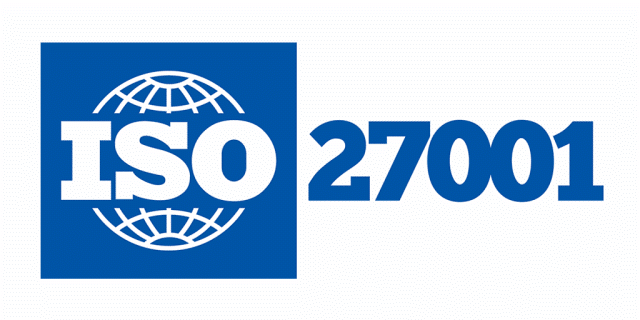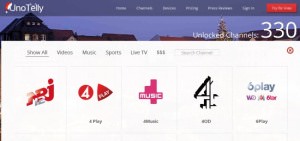7 Ways Technology Has Changed Marketing
Technology has changed marketing in a huge way, particularly as our attention has moved away from the traditional advertising domains of print and even TV and towards our electronic devices – as we spend more time on our mobiles, tablets and laptops.
Smartphones, which enable us access to the internet and brand’s apps 24/7, have increased at such a rate that a quarter of the world are expected to be using them in 2016.
This advancement in technology has changed how marketers get their information out to customers – here are seven ways it has done that:

1# – New forms of marketing
Obviously a primary change in the world of marketing that has become available thanks to technology, are new platforms for marketing to take place on. Social media including Facebook and Twitter, You Tube, Mobile apps with push notifications, e-mail, text messaging (such as www.globalmessaging.co.uk) and the list goes on.
2# – Reach a wider audience
We are the generation that can’t put their phones down – constantly scrolling through social media, checking our e-mails and sending messages – we can be targeted on-the-go 24/7.
3# – Target individuals
Marketers can collect data through technology and therefore target specific customers. This can be to their likes and interest or their location. The apps on their mobile phone can send push notifications to them that will, for example, inform them of a 2 for 1 offer at the takeaway down the road, just as they are starting to get hungry and thinking about what they will do for dinner.
4# – Timely content delivered quickly
Technology allows marketers to jump on the back of something and send it out to a wide audience instantly. A good example of this is Oreo’s Super Bowl tweet in 2013. The power went out in the superdome and during the 34 minutes of darkness Oreo seized their opportunity. They tweeted ‘Power out? No Problem’ with an image of an Oreo in the dark captioned with ‘You can still dunk in the dark.’ It was as simple as that, but it was retweeted 10,000 times in one hour and became the most talked about advert of the whole Super Bowl.
5# – Sparks a conversation
Technology allows a one-on-one conversation between the company and the customer – for example, if they tweet to say they have had issues with the company, then said company can speak to them over social media – showing they care and quickly resolving the issue – which will in turn show others the kind of company they are. Likewise if customers are having a positive chat about them, they can see and join in. This also means customers are doing part of the marketing for you. For example, each year John Lewis’ Christmas advert is big news. But technology has allowed it to be even bigger news – it has people talking before it comes out, sharing it once it is released, tweeting @johnlewis (a man from Virginia) instead of @johnlewisretail and spoofs that try to piggy back its success for their own marketing campaigns.
6# – Video content
Technology has allowed companies to create video content that can be shared across social media platforms. A TV advert, which is already more of a mini movie than an advert, no longer just pops up on your television between programs, it is all over the internet. It can also be longer and more detailed than the TV advert, as it is not restricted by time in the same way, which creates much more of a buzz around it.
7# – Website ads
Website ads have allowed companies to call the customer back to them after they have left the website – you are looking at Facebook and that dress you were looking at earlier appears on the side of the screen, just tempting you to click on it and potentially decide to buy it, when you could have just forgotten about it.
This is only a few of the ways technology has already changed marketing and we can only imagine how it will change further in the coming years.








